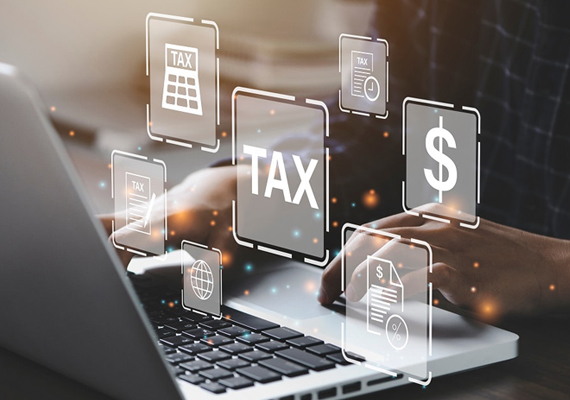
Plan Features May Improve Employee Retirement Savings Rates
Concerns about having enough saved for retirement are nothing new; however, there are ways for employers to influence employee savings rates. A recent study evaluated two common parameters used by employers – the employer match and default rates – to determine which had the largest impact on savings outcomes among new employees.[i]
Auto Features
When employers choose to include auto-enrollment as part of their retirement plan program, they must also determine the default savings rate – the percentage of pay an employee contributes to his or her account. These auto features provide employees with a helpful nudge that bypasses the need to make an active choice about enrolling and how much to contribute.
For many years, it was common for employers to set the default savings rate at 3% or 4%, but in the last few years, an increasing number of plans have started using a 6% default rate.[ii]
Of those employees automatically enrolled, 92% are regularly saving, compared to 62% of employees who enroll voluntarily.[iii] Because many people accept the defaults, a higher default savings rate may be more effective at increasing overall savings and improving the investment efficiency of lower-earning employees.
Employer Match
While auto features may have the most significant impact, especially for those employees who passively accept the defaults, the employer match has the potential to incentivize higher savings rates. It also motivates employees to make active saving decisions.
For more financially literate employees, a generous employer match may be the encouragement needed to increase their savings rate to take advantage of the benefit.
Plan design can significantly affect employee participation and savings rates. Employer match and default savings rates are among the many features employers should consider. An experienced retirement plan advisor can guide you through the choices and help you design a plan with features and investment options aimed at improving employee participation and participant outcomes
[i] “The Impact of Employer Defaults and Match Rates on Retirement Saving,” 2021, ssrn.com/abstract=3992899
[ii] T. Rowe Price, 2021
[iii] Vanguard, 2021

Related articles

As you know, the “Plan Sponsor is responsible for ensuring that its plan operates in compliance with the rules related to qualified plans.” 1 That, in turn, means, you are held accounting to the...

If you work for yourself, you may want to consider establishing a solo 401(k) plan for 2023. A solo 401(k) plan is a unique savings option for small business owners without employees, or if the only...

Providing employees with a quality retirement savings plan may seem out of reach for smaller or start-up companies. But a key provision of the SECURE Act introduced a new option, called a PEP,...